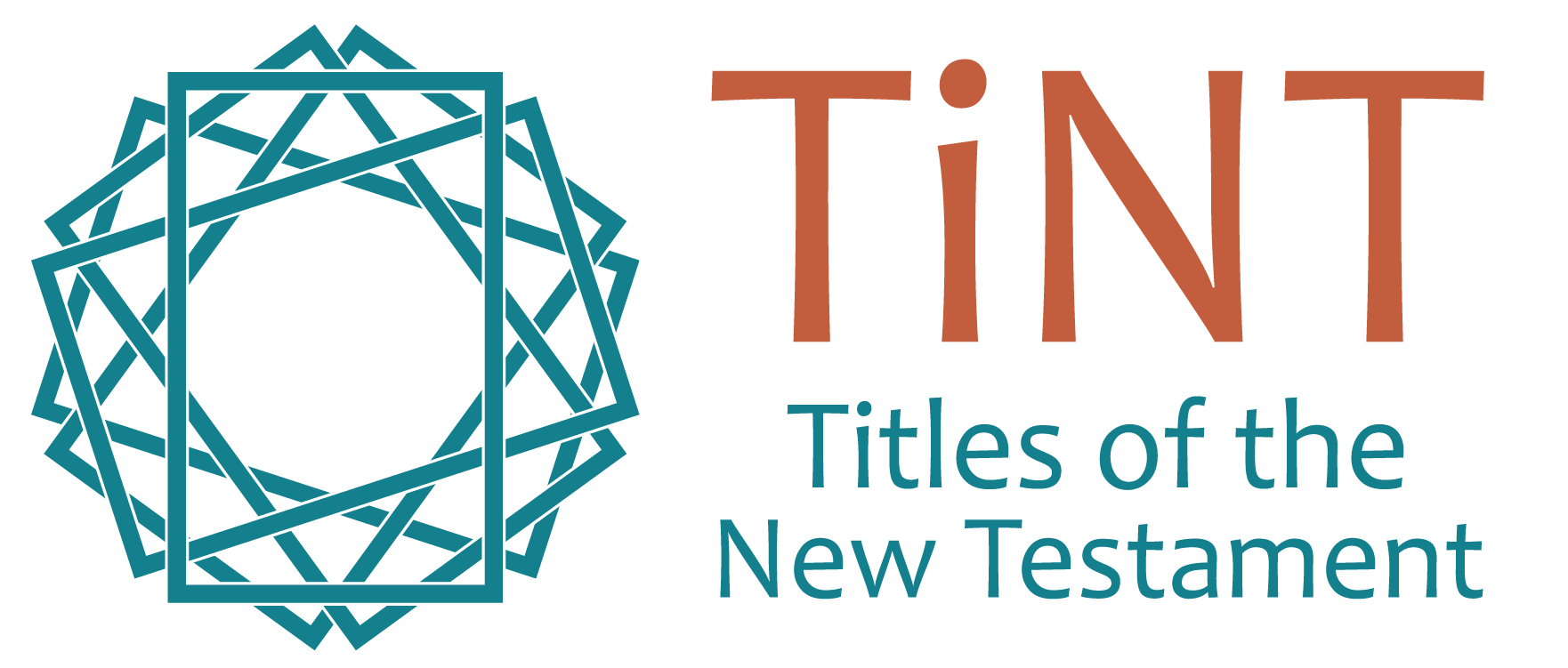About
Although versions of the titles of the letters and narratives that make up the New Testament are well known, the types of titles found in the manuscripts, their wording, their aesthetics, and their functions differ significantly over time. The TiNT project capitalizes on this variability to provide fresh evidence that informs continuing research on critical issues relevant to biblical studies, theology, reception history, and many other disciplines. The project begins to examine the New Testament’s titles and related paratexts by digitally editing every form of every time in every non-lectionary Greek manuscript that preserves part of the New Testament. We then use this data to contribute to new research related to six primary research questions:
- The diachronic development of paratextual systems
- The provenance of New Testament works in historical imagination
- The relationship between bibliography and canon
- The design, codicology, and artistic features of manuscripts
- Scribal identities and the sociology of textual transmission
- Traditions of textual segmentation
The data produced by the project will eventually be available on this website and be searchable by feature (under the Feature Search tab) or by manuscript (under the Manuscript Profile tab). The objective of this project is to rethink the critical value of manuscripts beyond and in conversation with the purely textual concerns of traditional textual criticism and to explore titles as expressive features. We are pleased to be able to partner with the School of Critical Studies, University of Glasgow, the ADAPT Centre, and the Institut für Neutestamentliche Textforschung on our ambitious project.
